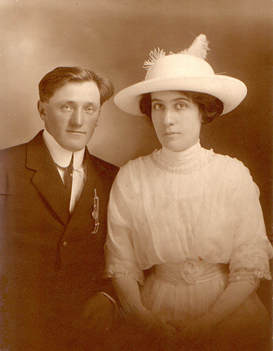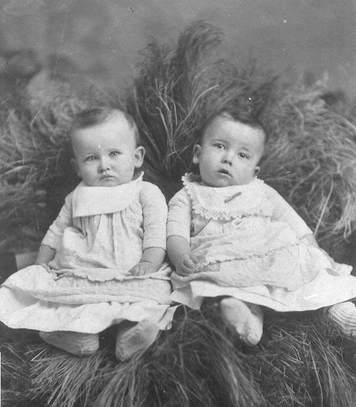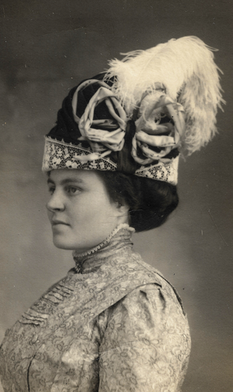 Photo by Dariusz Sankowski on Unsplash A couple of years ago I published a blog article titled “Find Once, Read Twice”. You can view it under April 2018 in the archives. We explored the importance of reviewing data that we collected over the years. You have a different perspective when you read a book as an adult that when you first read the same book as a child. Perhaps that is why some childhood books are never reread, to preserve the magic and others are read repeatedly. Our research data can be like that—a fresh look may help us see new things or information in a different way. Let’s look. Long before we had the luxury of online images and databases for family research at our fingertips, an Irish relative and I have been corresponding for many years. We first knew we related because tangible items like an obituary stating the home village and brothers and sisters. (I know…incredibly lucky.) His knowledge of the locale and family stories helped us piece together most of the puzzle. Over the years we have been challenged in trying to figure out how three branches of the family are related…all spelling the family name slightly different but all claiming ancestors in the same area of Ireland.
Ireland is still challenging because in many parts of the country most records are from the mid-1800s, with some glimpses further back with the various records such as Griffith’s Valuation. Ah what we wouldn’t give for an 1821 census in Ireland! DNA matches has brought new interest in figuring out how the people in the United States, Canada and Ireland are related. The good news is that we now know definitively that we are related via the DNA matches. Two of the branches we’ve been able to figure out. For the remaining branch, we do not have any documentation to help us figure out exactly what ancestors tie us together because there is no paper trail that far back (yet). We do have the added advantage of family history stories shared in Ireland about the families but nothing to say that ancestor A was the brother to ancestor B. The funny thing is that we have been talking about this connection since 2007 and 2008, working to establish the relationship. Our gut feeling was that we were related and now DNA says it is so. It has been beneficial to go back and read old documentation that we explored through the years. Some new records have helped solidify what we guessed at in the past. Why am I sharing this? Old email correspondence and our odds and ends of information gathered over the years are worth a second look. They may point us in new directions or perhaps to records that were not available in the past. Pick an ancestor this week and review the documentation that you have on him or her. Perhaps it is someone you have a lot of information about or one of your brick walls. You will be surprised at how your perspective has changed and what you can discover when reviewing the information. And if you have not transcribed your records, give that a try. We so often skim over information we think we know, there might be a key tidbit that you missed. Enjoy revisiting old records! p.s. If you were unable to watch RootsTech live last weekend, you can still view sessions. Just go to Home • RootsTech Connect 2021 • FamilySearch to learn more.
0 Comments
Leave a Reply. |
AuthorWith a lifelong passion for genealogy and history, the author enjoys the opportunity to share genealogy tidbits, inspiring others to research and write their family story. Archives
July 2024
Categories |



 RSS Feed
RSS Feed